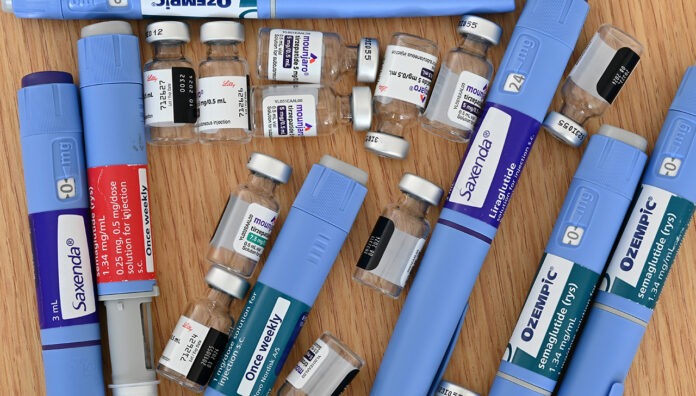With glucagon-like peptide-1 receptor agonists (GLP-1 RAs) back and some basal insulins disappearing, pharmacists face a new wave of complexity in diabetes management.
Diabetes management has been significantly disrupted in recent years, from ongoing shortages of (GLP-1 RAs) to the discontinuation of several insulin formulations.
But with medicines like semaglutide (Ozempic) back on the market and the impending discontinuation of another long-acting basal insulin analogue – there are further complexities to navigate.
Here, Australian Pharmacist explores how the sector is tackling these issues.
Ozempic return leads to medicine double-ups
Medicine shortages of popular diabetes medicines have eased this year, including the official removal of Ozempic from the Therapeutic Goods Administration’s medicine shortages list in July.
But throughout the shortage period, it became common for patients to receive multiple prescriptions for whichever medicine was available at the time, said Kirrily Chambers MPS, Advanced Practice Pharmacist and credentialled diabetes educator during the National Medicines Symposium 2025, held last week.
For example, when Ozempic was out of stock, Ms Chambers said patients were often issued a prescription for sitagliptin (Januvia) in addition to their usual semaglutide.
‘When there have been issues with not being able to get [the medicine], people will often pick up both scripts when it comes back on the market,’ she said.
‘A patient might collect a 6-month prescription for Januvia. Then, when they present to the pharmacy, the pharmacist says, “Mrs Jones, your Ozempic is back – would you like one?” The patient says, “Yes, please,” forgetting the GP or specialist had advised using Januvia only while Ozempic was unavailable.’
If pharmacists encounter this situation, they should contact the GP or specialist to confirm the prescribing was intended.
‘We’re now ringing to say, “Hey, did you really mean to put this person on multiple things? Because 6 months ago, they weren’t on all these medications”,’ she said. ‘This is part of deprescribing to keep people safe, so that they’re not bouncing into hospital.’
Regular Diabetes MedsChecks and medicines reconciliation, or a Home Medicines Review where appropriate, is critical to help the person living with diabetes understand the therapeutic approach. Any issues or duplications identified should then be communicated to the multidisciplinary team.
Discontinuations leave some patients without options
In the last few years, numerous diabetes medicines have faced discontinuation, including several insulin formulations and the GLP-1 RA liraglutide(Saxenda). There have also been device discontinuations, which can make diabetes care more difficult for older patients, said Associate Professor Margaret McGill AM, nurse manager and associate director at Royal Prince Alfred Hospital’s Diabetes Centre.
‘We know that people are living longer … and that age is the biggest predictor of type 2 diabetes,’ she said. ‘So we now see many referrals of people in their 80s and 90s – and some of these people need to go on insulin.’
Often, older patients don’t have the dexterity to navigate some of the newer devices, including putting a cartridge into a reusable pen.
‘When we lose the simple devices … it’s really impactful,’ A/Prof McGill told Symposium delegates.
Distinguished Professor David Simmons, the Chief Medical Officer, Diabetes Australia, has tried to ensure there are replacements for some of these devices.
‘Protaphane [is] one that we’re trying to do, and it’s quite challenging,’ he said.
‘If you’re working with people [who have], for example, gestational diabetes, and they only have a limited number of weeks to actually understand what they’re doing, some of the quicker learning devices are superior to learning how to put a cartridge into a pen.’
But the device discontinuation causing the most concern, however, is insulin detemir (Levemir) – which is set to be discontinued by December 2026.
Some patients who can tolerate a once daily dose of insulin could go on glargine, Prof Simmons said. However, the individual risks must be calculated for each patient.
‘For those who need Levemir twice daily so it can cover them during the day and night, there’s a big risk when we go to once a day,’ he said.
‘During the day, they will be at risk of hypos – perhaps when they’re driving if they haven’t got a sensor on, or if the sensor is not working. If they then reduce their dose and their glucose goes up, they’re going to be more hyperglycaemic at night – which will directly lead to long-term complications.’
While Diabetes Australia is looking into management strategies, the only current solution for these patients is an insulin pump.
‘There’s nothing else that’s going to replace it for those individuals, and they may not be able to afford a pump,’ Prof Simmons said. ‘So we’re certainly concerned about that. And GPs and pharmacists need to be very much aware that this is what’s coming.’
Finding the right therapeutic approach
When considering new medicines for patients that are appropriate for diabetes, they must be selected for a person through a complex algorithm, said Dr Gary Deed, Chair of the Diabetes Specific Interest group at the Royal Australian College of General Practitioners.
‘[You] have to think, “do [they] have high blood pressure, lipid problems, kidney disease, metabolic-associated fatty liver disease? And how then, do I adapt that framework to the choices of medications and then negotiate with [the patient]?’ he said.
‘[You need a] well-trained, systematic approach and a very clear perspective of what that person is, not just physically, but also emotionally, and how they live.’
Renza Scibilia, a diabetes advocate who has lived with type 1 diabetes for 27 years, said that there’s a broad spectrum of people living with diabetes, and their understanding of the diabetes landscape may vary, including:
- what’s available and accessible
- what medicines they might want to try.
‘So we need to be very mindful of how we communicate about what this is,’ she said.
‘There is no one size fits all, and we need to respond to what individual needs are, and make sure that we’re finding out what they are in the first place – then addressing them as they come up.’






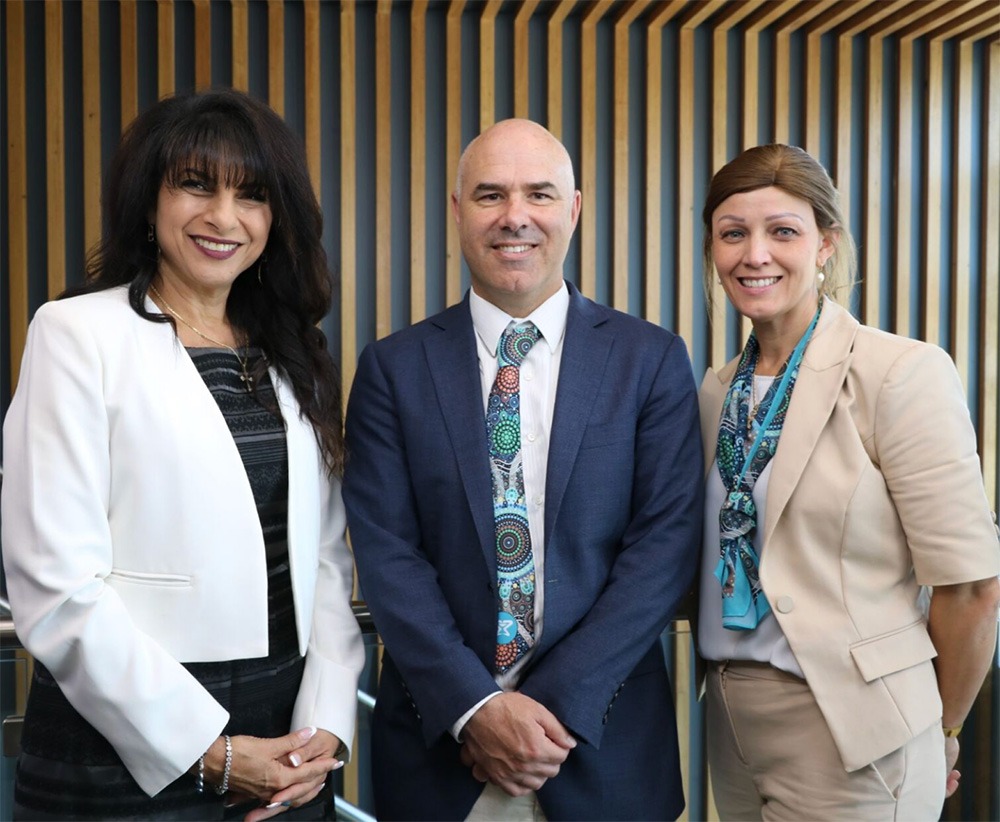 Team PSA 2026: Caroline Diamantis FPS, Prof Mark Naunton MPS and Bridget Totterman MPS[/caption]
Team PSA 2026: Caroline Diamantis FPS, Prof Mark Naunton MPS and Bridget Totterman MPS[/caption]
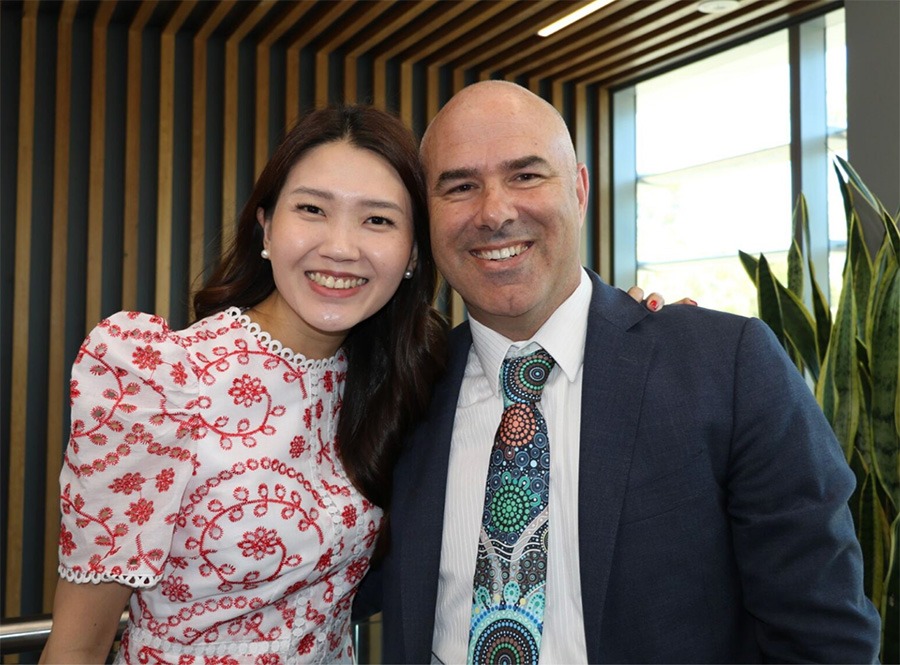 A/Prof Fei Sim and Prof Mark Naunton[/caption]
A/Prof Fei Sim and Prof Mark Naunton[/caption]

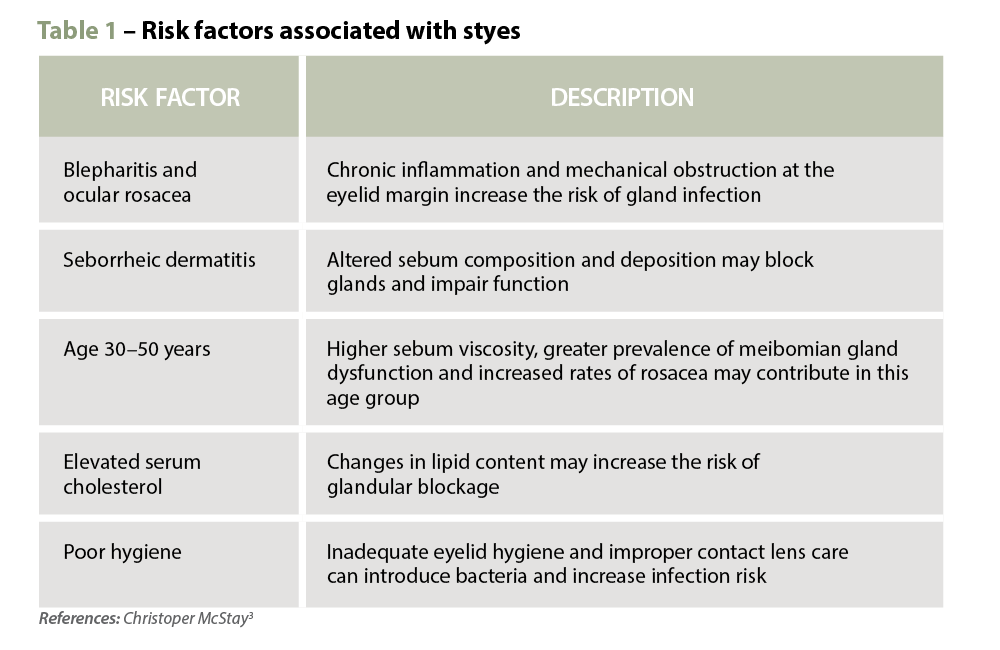 Clinical features
Clinical features 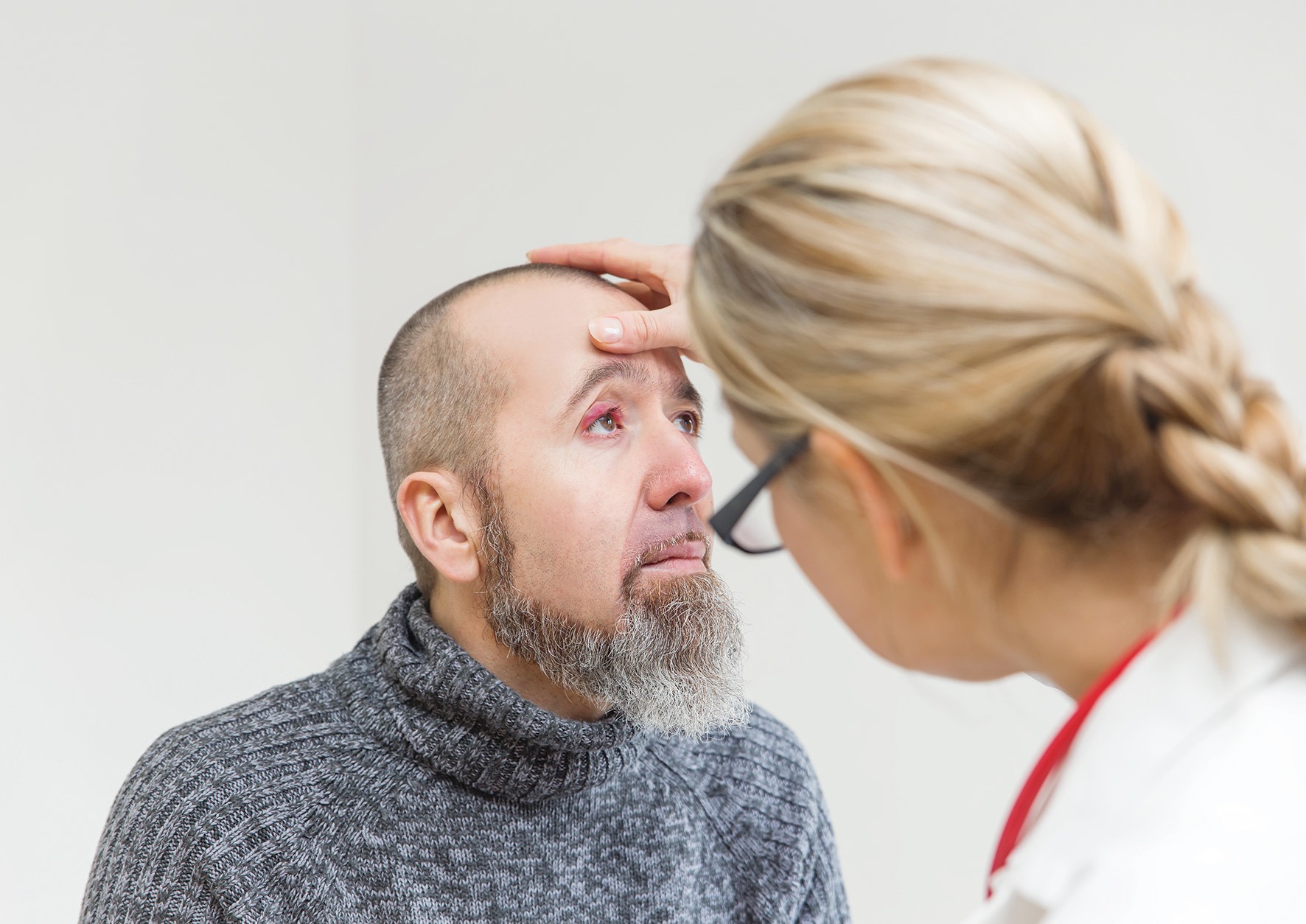 Warm compresses are the cornerstone of treatment, helping to soften the lesion, bring pus to the surface and encourage spontaneous drainage. A clean face cloth soaked in warm (not hot) water should be applied to the closed eyelid for 2–5 minutes, twice daily during the active phase. Once the stye begins to drain, any discharge should be gently wiped away using a clean, warm washcloth. After resolution, continuing warm compresses once daily may help prevent recurrence.2
Warm compresses are the cornerstone of treatment, helping to soften the lesion, bring pus to the surface and encourage spontaneous drainage. A clean face cloth soaked in warm (not hot) water should be applied to the closed eyelid for 2–5 minutes, twice daily during the active phase. Once the stye begins to drain, any discharge should be gently wiped away using a clean, warm washcloth. After resolution, continuing warm compresses once daily may help prevent recurrence.2 